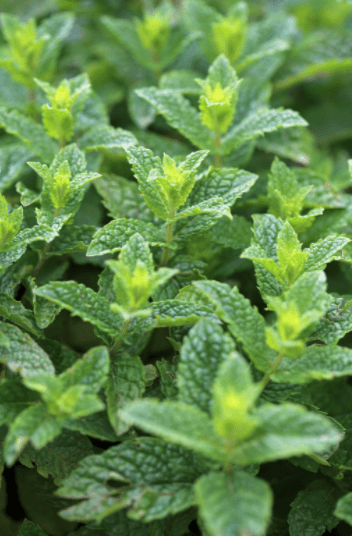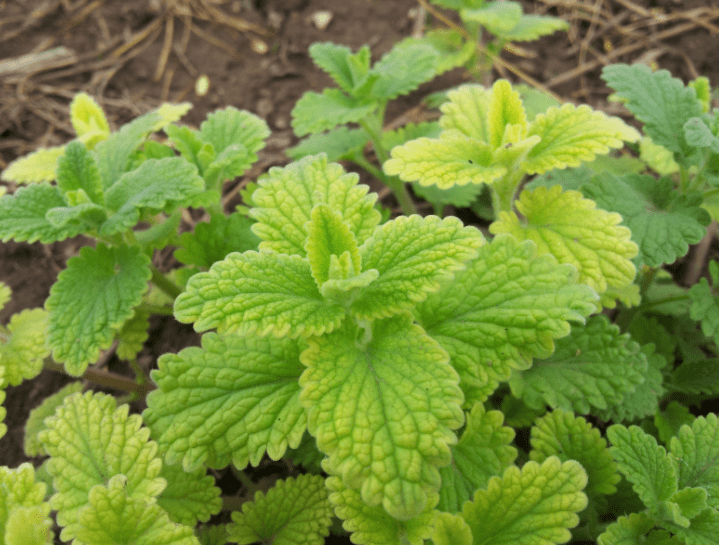Mint Growing Information
Mint is one of the genuinely versatile herbs in the garden; it’s fresh, fast-growing, and green, and it can be applied in a variety of drinks and foods.
If you’ve ever tried to grow this plant, you’ll know that there are a few guidelines to follow. If you haven’t yet and are interested, keep reading for some helpful hints on producing mint successfully in your yard.
Mint Growing is exceptionally easy, to the point where it can quickly become invasive and take over your entire garden! It has deep roots that can shoot hundreds of feet away from the mother plant.
As an outcome, it has the potential to take over your entire herb bed, border, or anyplace else you thought it would be OK to plant that innocent-looking little herb!
How To Grow Mint
Many gardeners enjoy the sweet scent of a mint leaf when they brush against it. They also enjoy mint iced tea or a mint julep as a refreshing summertime beverage.
Mint, on the other hand, grows vigorously in the terrain and can soon take over an area. I’ve heard it said (presumably in jest) that the only way to keep mint out of the landscape is to move it. 
Mint is a broad term for a group of plants. There appear to be hundreds of cultivars available to the amateur gardener. With their recognizable scents, peppermint and spearmint are probably the most well-known.
Other mint kinds add to the aromatic sensation. The names ginger mint, mountain mint, apple mint, and orange mint are all apt.
Chocolate mint conjures up images of mint chocolate treats, but I believe the name more correctly represents the contrast between the chocolate brown stems and the bright green foliage.
Mint is well-known for its aroma and flavor, but many people are unaware that it also has flowers. Flowers are produced in spikes, which attract a variety of pollinators, including bumblebees and wasps.
Mint tastes and smells finest after the blossoms have bloomed, unlike other herbs that taste best before the buds form.
The majority of the mints I’ve described are readily available in garden centers or on Amazon Online, particularly in the spring and early summer. Mint, on the other hand, is easy to propagate if you have a friend who is growing the kind you wish to plant.
Mint Growing From Cuttings
To have many little plants to share, divide a plant. Mint generates scrambling stems that grow roots wherever the branch comes into contact with the ground.
Snip off some of the roots from these pieces, and they’ll quickly sprout into new plants. Taking a clipping and placing it in a glass of water is another approach to start a plant. In a few weeks, roots should appear.
Despite the jokes about mint’s proliferating population, regulating it is not an impossible task. The idea is to draw lines in the sand.
Planting mint in a tall, bottomless container is a simple way to accomplish this. Dig the planting hole and set the bottomless container in it, a few inches above the ground level.
Plant the mint in the container after filling it with good, enriched soil. The bottomless container will act as a physical barrier, preventing the root system from spreading.
I’ve devised a novel method of concurrently managing mint and recycling.
During the summer, it’s typical to find coolers on the side of the road after they’ve fallen from pickup trucks or boats.
I come to a halt and grab these coolers. When a good potting mix is used, the mint grows well, and the roots are unable to escape.
Make sure the drain plug is open to avoid overwatering the plants. Drill some drain holes in the bottom of the cooler if it doesn’t have one.
If you produce mint, make sure to sample some so you can enjoy the aroma and taste indoors.























